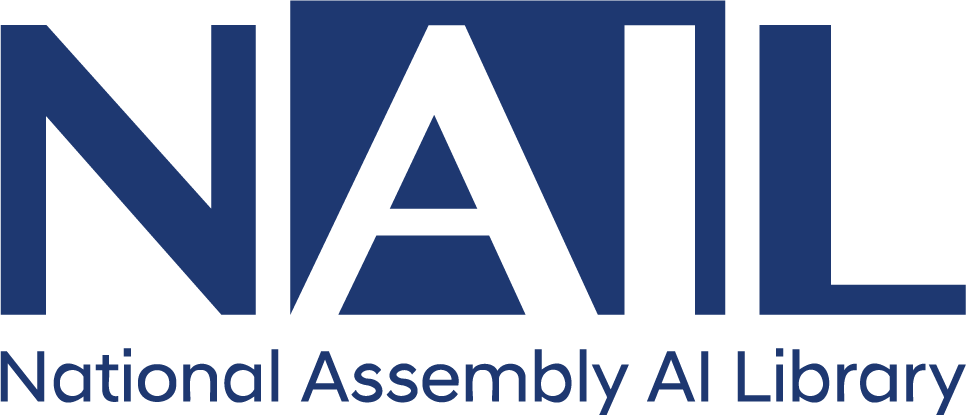목차
Title page 1
Contents 1
Abstract 3
1. Introduction 4
2. Conceptual framework 7
2.1. Section Overview 7
2.2. AI Capital: A Framework for Higher Education and Employability 8
2.3. The Academic Impact of AI Education 10
2.4. Inequalities in Access to AI Education and Capital Formation 11
2.5. The AI Learning-Capital-Employment Transition Model 13
3. AI Capital of Students scale 14
4. Module structure 16
4.1. Students enrolled in the module 16
4.2. Aims of the module 16
4.3. Delivery of the module 17
4.4. Module assignments 19
4.5. Pedagogical principles and innovations in the AI Business Environments module 20
4.5.1. Learning theories 21
4.5.2. Inclusive design and delivery in practice 22
4.5.3. Innovations 23
5. Data set and data gathering 25
6. Validation of the AI Capital of Students scale 26
7. Descriptive statistics 27
8. Estimates 29
8.1. Estimation strategy 29
8.2. Outcomes 30
9. Discussion 32
9.1. Outcomes evaluation 32
9.2. Contributions 34
9.3. Implications for educational theory and pedagogical practice 36
9.4. Policy Implications 38
9.5. Limitations and future research 39
10. Conclusions 40
References 42
Appendix 52
Tables 45
Table 1. Descriptive statistics 45
Table 2. Tabulation analysis. Mean (Std. Dev.) 46
Table 3. Correlation matrix 47
Table 4. Regression outcomes 48
Table 5. Regression outcomes 49
Table 6. Regression outcomes 50
Table 7. Regression outcomes 51
Figures 57
Figure 1. AI Learning-Capital-Employment Transition Model 57
Appendix Tables 52
Table A.I. AI Capital of Students scale: Mean (Std. Dev.) 52
Table A.II. Learning objectives and applied learning developments for the module AI in Business Environments 54
Table A.III. Scale Validation 56



